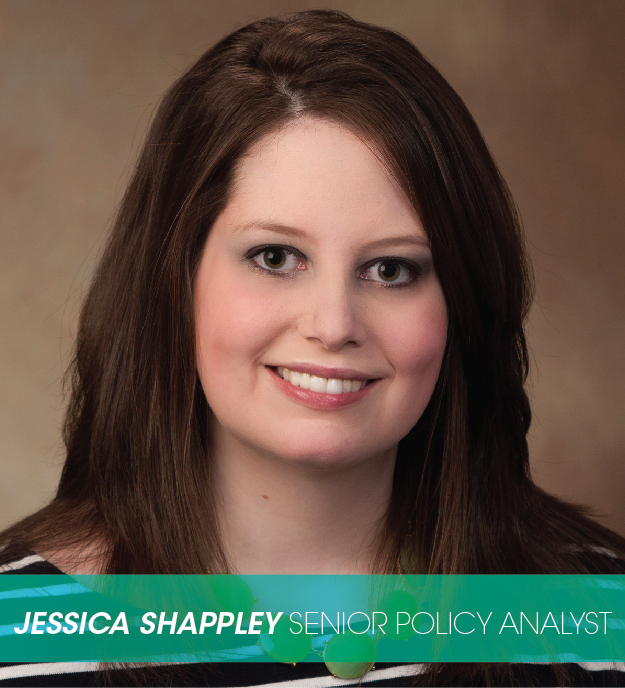Hispanics among the Most Financially Underserved in Mid South
October 2nd, 2015
Each year, the nation observes National Hispanic Heritage Month from September 15 to October 15. This time acknowledges and celebrates the “histories, cultures and contributions of American citizens whose ancestors came from Spain, Mexico, the Caribbean and Central and South America.” Hispanic-Americans are an integral piece of America’s fabric but are a segment of the population that remains among the most financially underserved in the nation, particularly in the Mid South. According to the 2013 FDIC National Survey of Unbanked and Underbanked Households, nearly 50 percent of households that identified as “Hispanic” are either unbanked or underbanked.
The “unbanked” have no checking or savings account. In the United States, almost 20 percent of Hispanic households are unbanked. Mississippi and Arkansas have the highest percentage of unbanked Hispanic households (42.4 percent and 40.4 percent, respectively). With the exception of Louisiana (20.2 percent), the Mid South states have rates nearly 20 percentage points or higher than the national rate. See Chart.
The “underbanked” have an account but continue to depend on costly alternative financial services for basic transactions and credit needs, like check cashers, payday loan providers, pawn shops, auto title lenders and rent-to-own stores. These businesses charge high fees for their services – services that deplete rather than preserve income and wealth. In the U.S., nearly one in three Hispanic households is underbanked. Arkansas and Tennessee have the highest percentage of underbanked Hispanic households in the Mid South – over 10 percentage points higher than the national rate. See Chart.
The positive news is that the overall unbanked rate for Hispanic households decreased over two percentage points from 2011 to 2013, most likely due to improvements in economic conditions and changing demographics among Hispanic households (FDIC, 2014). This is related to higher levels of employment, income, and education, all of which create more access to the financial mainstream.
Considering the shifting demographics of the country, pursuing policies that connect households of color to the financial mainstream remains essential to maximizing opportunity in America. Examples of such policies include expanding support for Community Development Financial Institutions (CDFIs) and Community Development Credit Unions (CDCUs) that continually work to meet the needs of historically underserved populations.
*Details on how households were classified into racial-ethnic classifications can be found here.
Source:
FDIC, 2013 FDIC National Survey of Unbanked and Underbanked Households, 2014.









